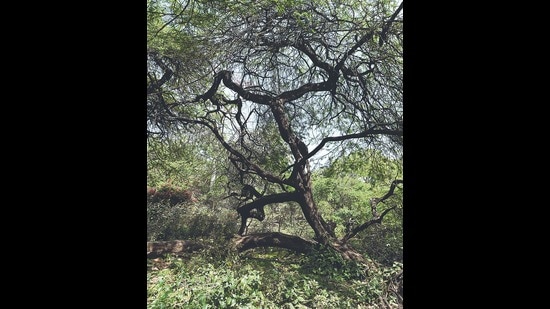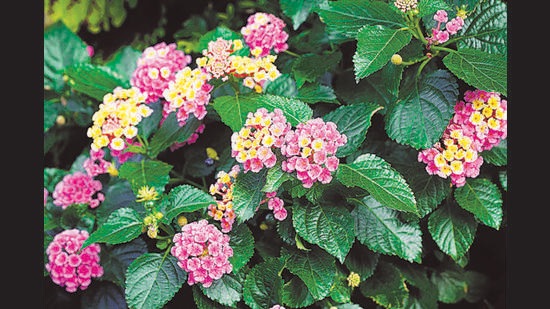When you look up at the tree canopy in your city, what are you seeing: native, friendly alien or invasive? Take a look.
Mumbai
They look beautiful, and flower across the commercial capital. But some of Mumbai’s favourite trees are not natives, and some may threaten the few unique ecosystems left within the metropolis. The gulmohar was a British-era import from Madagascar. The copperpod or Peltophorum, with its familiar yellow flowers, was brought here from Southeast Asia. Rows of rosy trumpet trees from Central America line streets in the eastern suburbs; they’re the ones that look a bit like cherry blossoms when they bloom. All these trees threaten the ecological balance of the wild pockets left in Mumbai, such as those within the Sanjay Gandhi National Park.
Delhi

The fact that New Delhi is known for its avenues of evergreens is proof that there may be a problem. Delhi’s natural ecology is dry-deciduous. The natural vegetation here would be seasonal trees that shed at the end of a growing season. The jamun, neem and peepal are natives that are still widely seen. But from the time of the Mughals, through British rule, and among present-day administrators, ornamental invasives have continued to find favour amid a push to keep the Capital looking lush through the year.
In the early 1900s, this led to the introduction of the Prosopis juliflora (above), known locally as vilayati kikar. The Delhi government has been trying to rid the city and the neighbouring Yamuna Biodiversity Park of this invasive species for about 20 years. Another aggressive invasive that Delhi is fighting off is the subabul, a species from South America that was promoted worldwide, in the last century, as a hardy source of fuel and fodder.
Bengaluru

Every winter, Bengaluru bursts into stunning shades of purple, yellow and pink. The tabebuia (above) and jacaranda trees, however, are a long way from home. A study by the University of Trans-Disciplinary Health Sciences and Technology in Bengaluru estimates that the city is home to more than 200 non-native species of trees and shrubs. The British introduced many of these in the 19th and 20th centuries, but subsequent governments have carried forward the legacy in greening drives. Meanwhile, the pollen of the Parthenium, a flowering weed from South America, activates Bengalureans’ pollen allergies, and the pretty but aggressive water hyacinth (Eichhornia), also from tropical America, continues to invade and choke the city’s water bodies.

Chennai is a collection of wet, marshy patches of land. Or it was, before its flattening and concretisation. Now, the city is water-scarce, smouldering, and covered in many species that don’t belong. There are the usual suspects: lantana (above), acacia, and Prosopis juliflora. And a few rarer ones: the Senna spectabilis is a South American culprit, and the Opuntia or prickly pear is a variety of cactus native to the Americas. Between them, these woody trees and fast-proliferating invasives threaten what is left of the city’s crucial wetlands, which need to be protected and revived for the delicate ecosystems they host, the carbon they absorb and for their role as storm-surge buffers.
Enjoy unlimited digital access with HT Premium
Subscribe Now to continue reading

Stay connected with us on social media platform for instant update click here to join our Twitter, & Facebook
We are now on Telegram. Click here to join our channel (@TechiUpdate) and stay updated with the latest Technology headlines.
For all the latest Art-Culture News Click Here
